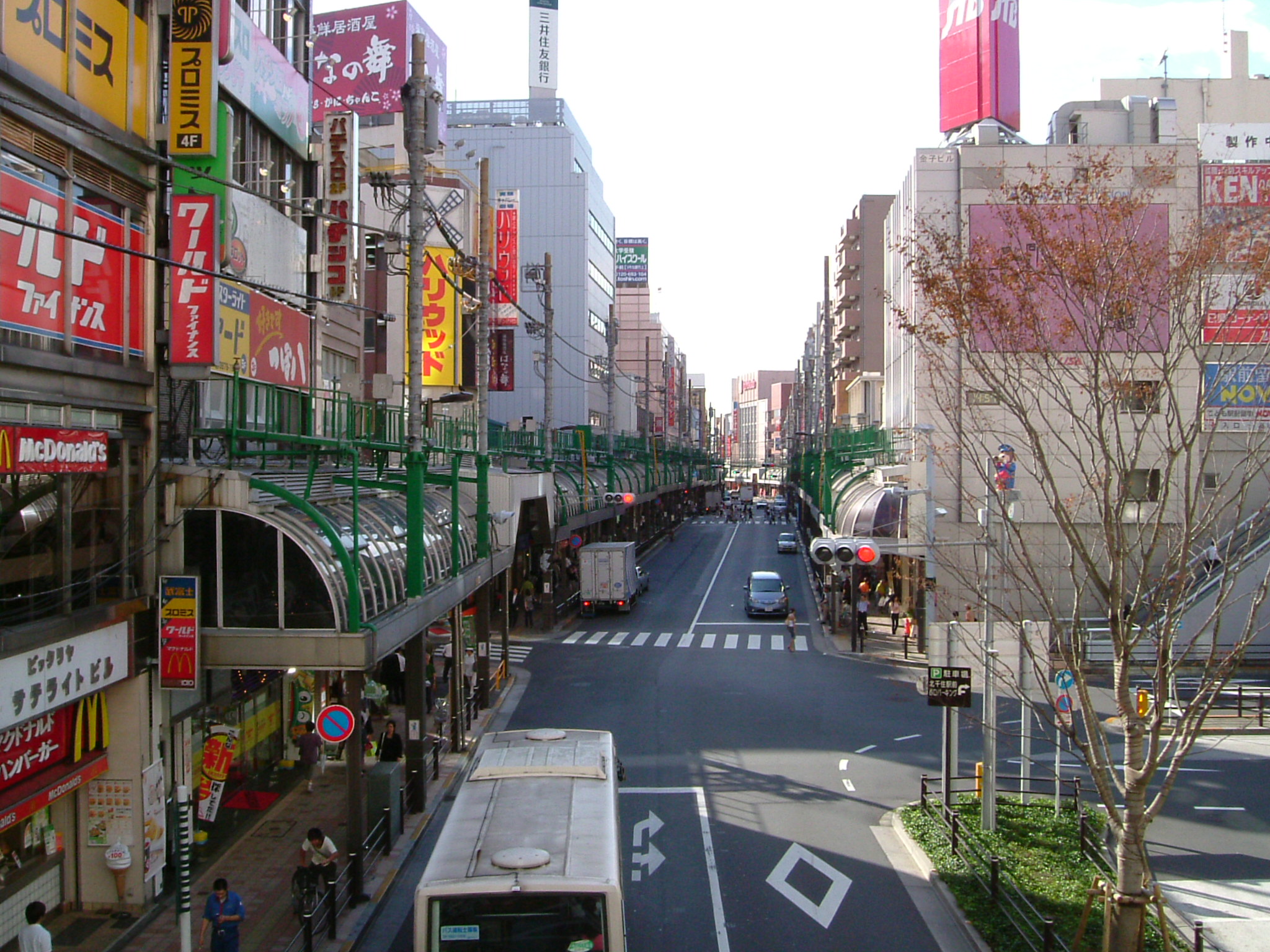Local government in Japan continues to support residents and businesses in the battle against COVID-19, with municipalities taking the initiative to support citizens and the local economy during the pandemic.

Kitasenju Station, a major transport hub in Adachi-ku ward
Adachi-ku (ku meaning ward, one of Tokyo Metropolitan Government’s 23 special administrative wards), in April began to provide home-care sets to support residents who are infected with coronavirus and are being treated at home. At the start of the project, the packs were distributed to people in households, and in addition to daily necessities such as food and tissue paper, products that are difficult to obtain such as masks are delivered twice a week by ward staff by car to residents’ homes.
Among those locals infected, mildly ill residents not in hospitals or hotels but recovering at home, and who in these circumstances cannot go shopping or afford to cook are taken care of so that they can recuperate while being supported. In cooperation with a local supermarket chain that has a disaster relief agreement with the ward, Adachi-ku procures food such as bread, microwavable sealed pouch dishes and fruits, all not needing to be handled by municipal staff. Also supplied to residents are masks, disinfectants, toilet paper and other sanatory products. from the ward’s stockpile. Local residents commented on the service saying “It was very helpful” and “I was relieved” after having packages delivered from the distribution centre.
Following on from initial deliveries, any resident recuperating that has a baby were also supplied with milk and nappies. Even when the number of people needing such support increased, there was no set limit on the number of people who Adachi-ku supported, and the municipality is responding to need as much as required.
Kobe City in the Kansai region announced on April 10 they had signed a business partnership agreement with Uber Eats to implement the “Uber Eats + KOBE”, initiative which is a restaurant support measure in partnership with the transport and delivery platform. The aim is to increase sales for small and medium-sized restaurants in the city, where sales are declining due to the effects of the virus, and to secure employment for delivery staff who need to work flexibly. It was initially held for about three months from April 13 to July 12.
The company is currently also considering restarting operations depending on the situation. Participating businesses include restaurants that have already joined or will newly join Uber Eats, and generally have less than 20 outlets. Even franchises and major chains, with less than 20 stores in the area, are eligible. According to Kobe City, 560 stores in the city including newly participating stores were expected to take part.
Specifically, new member restaurants are exempted from paying initial fees, and a campaign discount of 100 to 500 yen for the customer per order is subsidized by the participating restaurant.
The campaign fee is borne by the restaurant as a discount that the customer receives at the time of ordering. Kobe City and Uber Eats contribute towards the costs of the discount paying 40% of the funds.
Uber Eats implemented these measures until May 10, but after May 11, Kobe City funded the scheme with ongoing long-term support until July 12.
Initially, the customer was limited to a one-off discount, but can receive a reduction of up to 1000 yen by paying with LINE Pay, the Japanese digital wallet platform, for orders over 1000 yen. Matsuya, a large chain of restaurants serving donburi rice bowls and curry, also offered other benefits such as free shipping for orders over 1000 yen and a 1000-yen discount coupon for referrals from friends through entering a campaign code displayed on the app at the time of payment.
A take-out service at stores in Kita-ku, Tarumi-ku, and Nishi-ku wards with the city was also introduced where users go to the store to pick up orders and made payment through the Uber Eats app. The app shows the progress of order and the exact pick-up time is also displayed. This option was added due to the time taken in some areas to secure a driver locally as well as to expand the Uber Eats sales area, the take-out service was first expanded in the central city locations.

